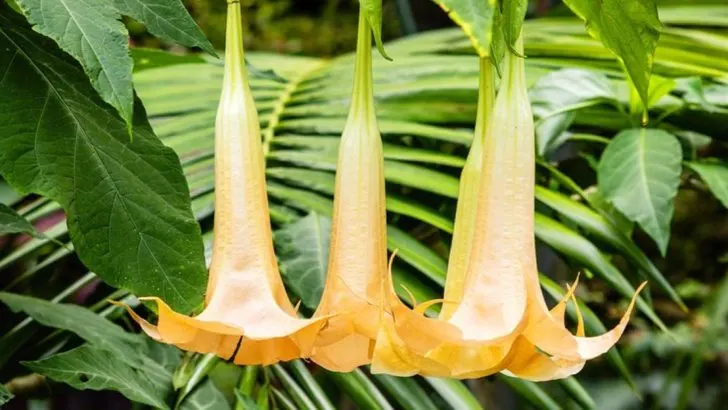When exploring nature, it’s essential to be aware of the plants that can pose serious dangers if touched. Some plants have developed defense mechanisms, such as toxic sap, sharp thorns, or irritating compounds, to protect themselves from herbivores. Here are 16 plants that can cause severe harm if touched, along with tips on how to recognize and avoid them. Staying informed will help you appreciate the beauty of nature while ensuring your safety!
Giant Hogweed
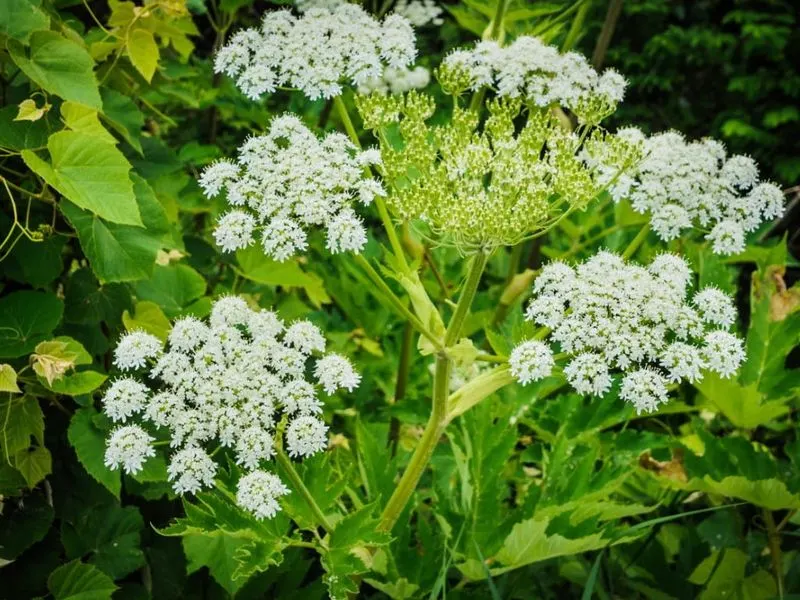
Standing over 14 feet tall, Giant Hogweed is a sight to behold but not touch. Its sap causes severe skin irritation and, when exposed to sunlight, can result in painful blisters and long-lasting scars. Gardeners and hikers should wear protective clothing to avoid this plant. Always wash any sap off immediately with soap and water, and keep it away from your eyes. Found often near waterways, its majestic appearance belies a dangerous nature that commands respect and caution.
Poison Ivy
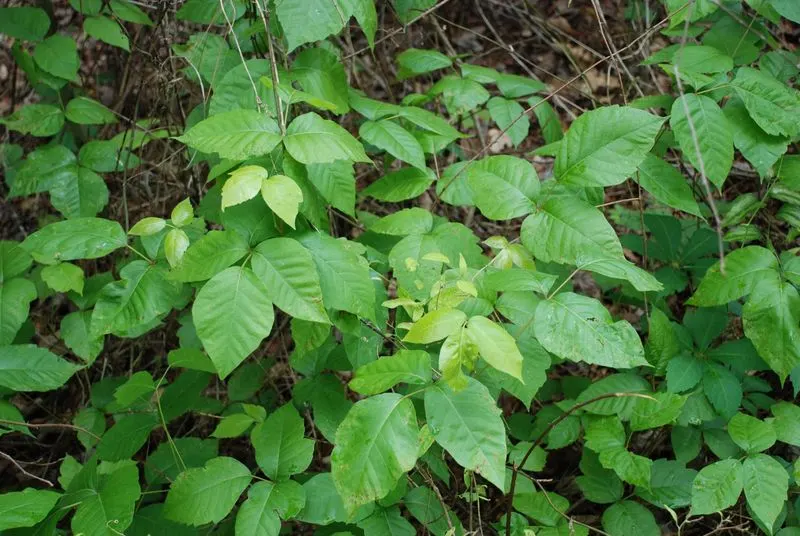
Famously known for its phrase “leaves of three, let it be,” Poison Ivy thrives across various terrains. Touching it can lead to an itchy, blistering rash due to an oil called urushiol. This oil lingers on clothing, pets, and even garden tools, spreading the rash further if not washed off promptly. Outdoor enthusiasts and gardeners should be vigilant, wearing gloves and long sleeves to avoid unwelcome encounters. Recognizing its glossy, three-leaf clusters helps in steering clear of this widespread nuisance.
Poison Oak
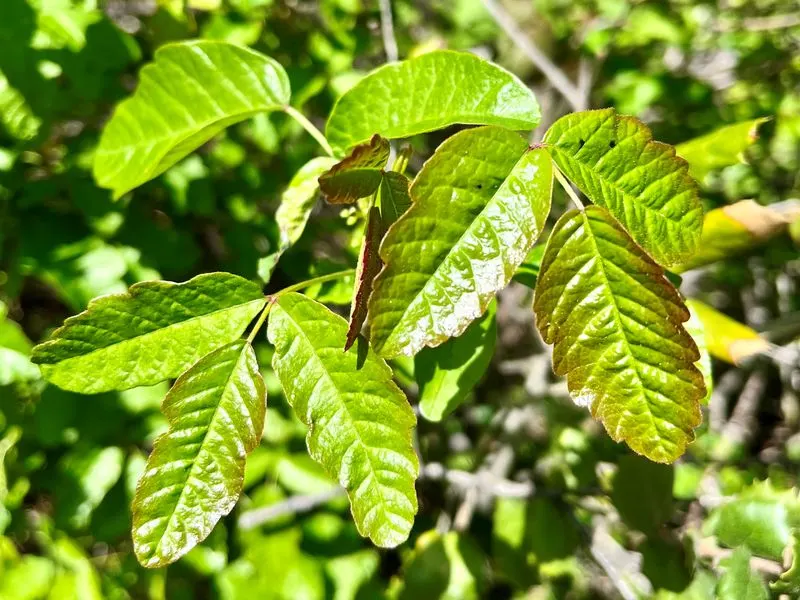
Resembling the leaves of an oak tree, Poison Oak is another urushiol-bearing plant that causes a painful rash. Often found in wooded areas, it poses a hidden threat to hikers and campers. The rash usually appears 12 to 48 hours after contact, making it crucial to wash skin and clothes immediately after possible exposure. Knowledge of its appearance, with three-leaf clusters and a hairy stem, helps in avoiding this lurking danger.
Poison Sumac
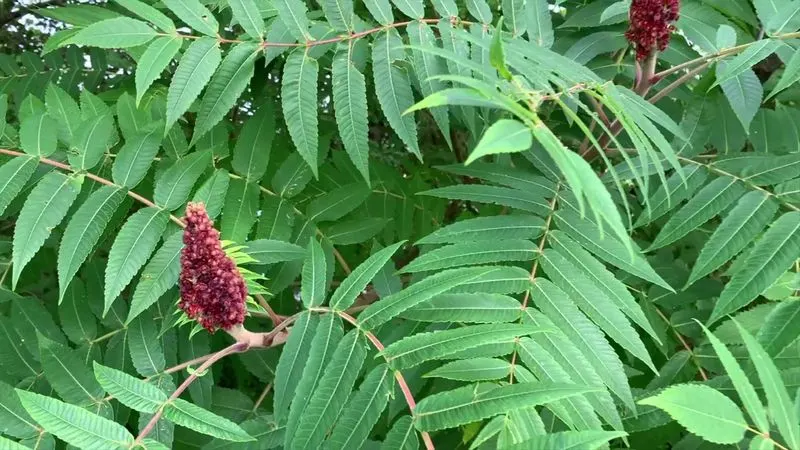
Unlike its ivy and oak relatives, Poison Sumac is found in wet, swampy areas. Its smooth leaves contain urushiol, causing severe dermatitis. The plant’s alluring red stems and lush foliage can deceive the unaware. Immediate washing after contact reduces the risk of a rash. Boots and long pants are recommended when navigating its marshy habitats. Identifying its elegant, drooping leaves helps in sidestepping this plant.
Stinging Nettle
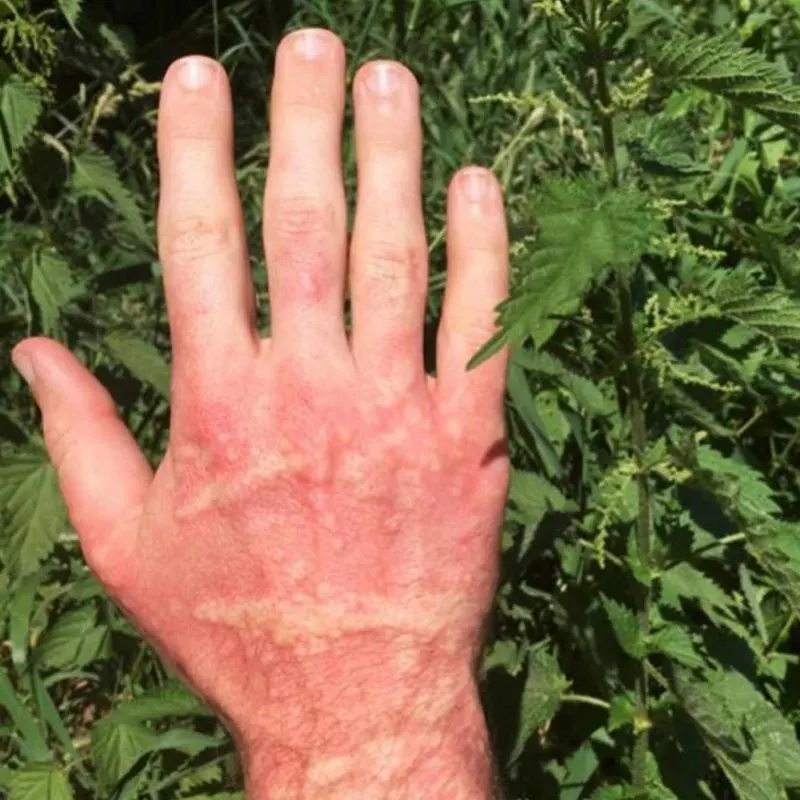
The delicate appearance of Stinging Nettle conceals a painful secret. Tiny hairs on its leaves and stems inject histamine upon contact, leading to itching and swelling. Found in woodland and along riverbanks, they can quickly ruin a leisurely walk. Using gloves and long clothing can prevent unwanted stings, and applying antihistamine cream can soothe the irritation. Despite its sting, nettles are edible when cooked, turning a foe into a friend.
Wild Parsnip
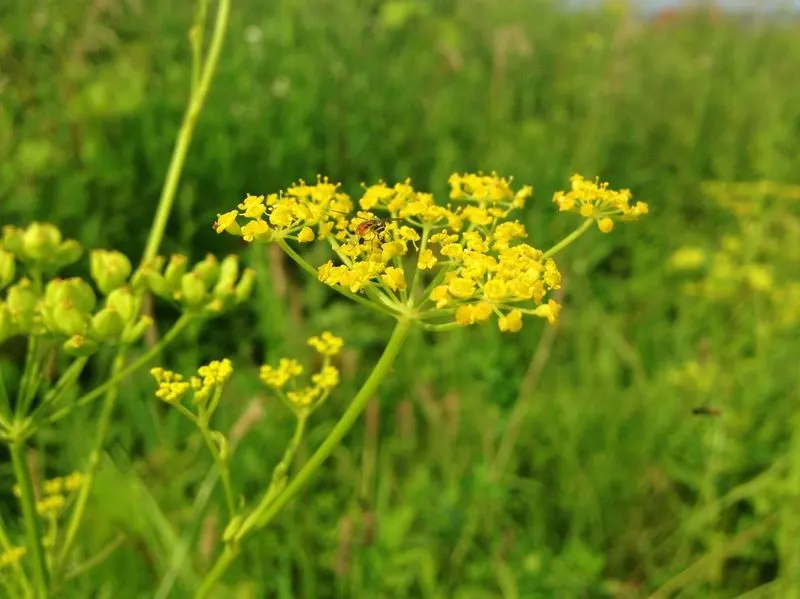
With delicate yellow flowers, Wild Parsnip hides a harmful secret. Its sap reacts with sunlight, causing severe burns and blistering. The plant thrives in open fields and ditches, making it easy to stumble upon during outdoor activities. Protective gear like gloves and long sleeves are advisable when working near it. Washing any contact area with soap and water can prevent further irritation. Awareness of its treacherous beauty can save you from painful consequences.
Jimsonweed
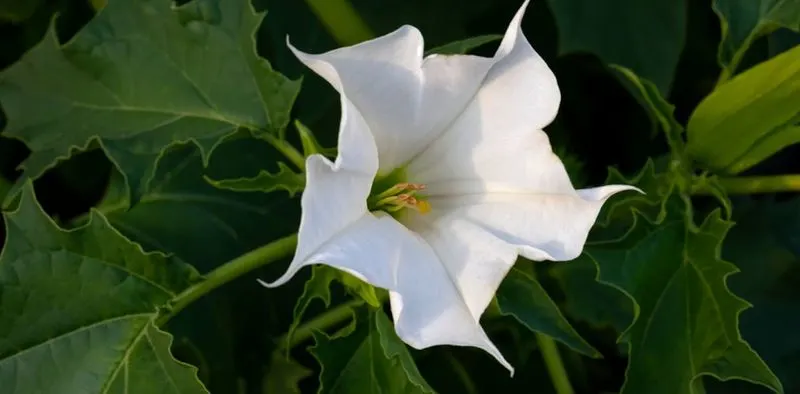
Known for its dramatic white flowers, Jimsonweed is both beautiful and toxic. Contact can result in skin irritation and, if ingested, even more serious health risks. Often seen in pastures and wastelands, it poses a hidden threat to the unwary. Recognizing its distinctive seed pods and flowers helps in avoiding it. Wearing protective clothing minimizes the risk of irritation. This plant’s deceptive elegance masks a dangerous nature, serving as a reminder to handle with care.
Rhubarb Leaves
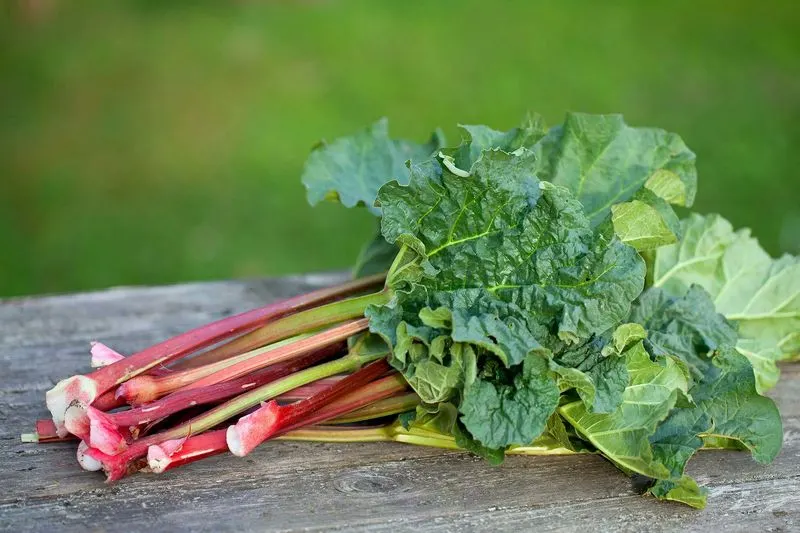
Often found in gardens, Rhubarb is prized for its edible stalks but beware of its leaves. Containing oxalic acid, they can cause severe health problems if ingested. While touching them might not cause immediate harm, it’s wise to wash hands after handling to prevent accidental ingestion. Gardeners should remove leaves promptly if children or pets are around. This common plant is a perfect reminder that even familiar garden residents can harbor hidden dangers.
Oleander
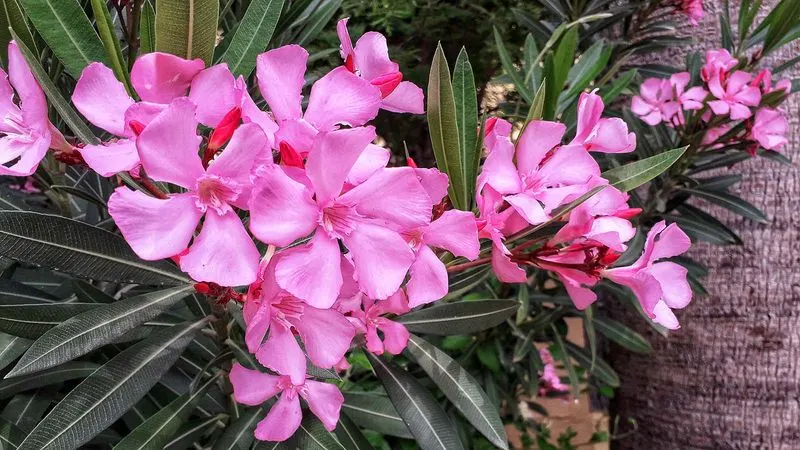
Oleander is a garden favorite, admired for its vibrant blooms but lethal to the touch and taste. All parts contain toxins that can cause severe skin irritation and, if ingested, serious illness. Found in warm climates and often used in landscaping, it’s essential to handle it with care. Wearing gloves when pruning and ensuring pets and children steer clear can prevent unwanted exposure. Its beauty is nothing short of dangerous elegance.
Castor Bean
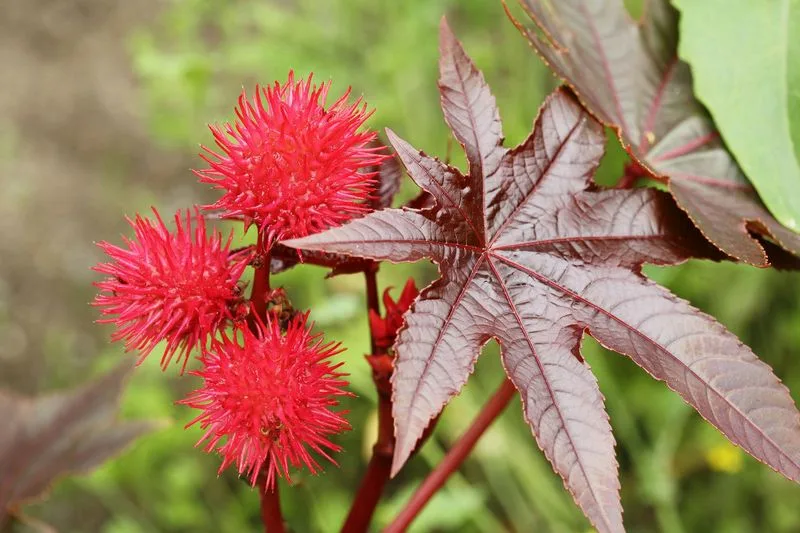
The striking appearance of the Castor Bean plant hides a deadly surprise. Its seeds contain ricin, a potent toxin. While the plant itself can cause skin irritation, ingestion of seeds poses a grave risk. Often used as an ornamental plant, it demands respect and caution. Handling with gloves and educating family members about its dangers can prevent accidental poisoning. Despite its ornamental appeal, the Castor Bean serves as a sobering reminder of nature’s duality.
Foxglove
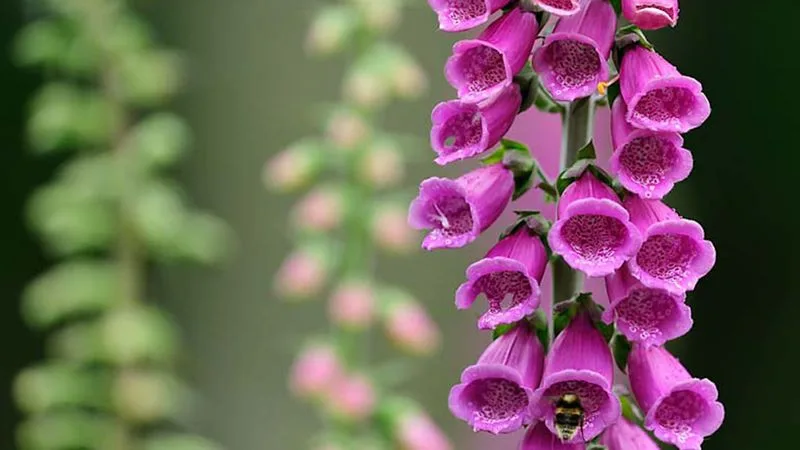
Foxglove’s towering spikes of bell-shaped flowers are a gardener’s delight, but toxic if touched or ingested. The plant contains compounds that can disrupt heart function. Often found in gardens and wild areas, it requires careful handling. Wearing gloves and educating others about its risks are key preventive measures. The beauty of Foxglove belies its potentially deadly nature, reminding us that vibrant colors can sometimes deceive.
Dumb Cane
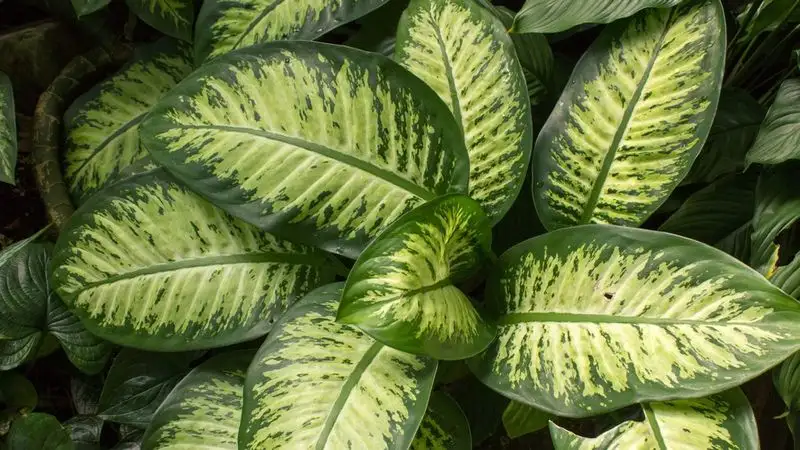
Dumb Cane, a popular houseplant, is both a decorative delight and a mysterious hazard. Its sap contains calcium oxalate crystals, causing intense burning and swelling if touched or ingested. Though it’s a common resident in many homes, caution is needed, especially around children and pets. Washing hands after handling can prevent irritation. Despite its charm, Dumb Cane demands respect to avoid its stinging reminder of nature’s hidden perils.
English Yew
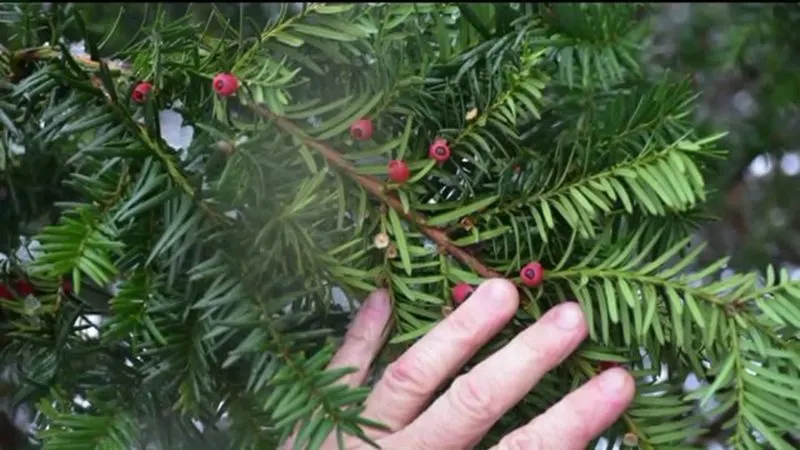
The ancient English Yew is steeped in legend and danger. Its needles and seeds contain toxins that can cause severe reactions if touched or ingested. Typically found in gardens and churchyards, it requires careful attention when pruning or collecting berries. Protective clothing is advisable to prevent skin contact. A symbol of both beauty and peril, the English Yew underscores the importance of respecting nature’s legacy.
Angel’s Trumpet
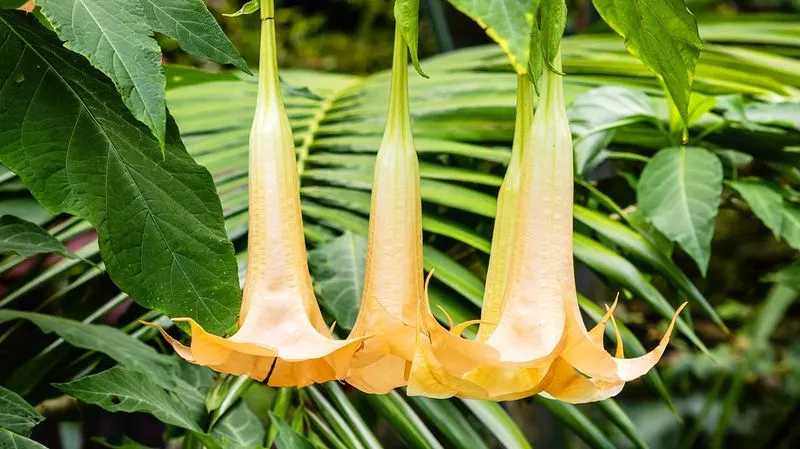
Angel’s Trumpet is a captivating sight with its large, fragrant blooms, yet it harbors dangerous secrets. Its parts contain toxic alkaloids causing skin irritation and, if ingested, serious health issues. Often found in tropical gardens, it requires cautious handling. Ensuring children and pets stay away and using gloves during maintenance can prevent exposure. This alluring plant exemplifies the dichotomy of beauty and danger in the botanical world.
Manchineel Tree
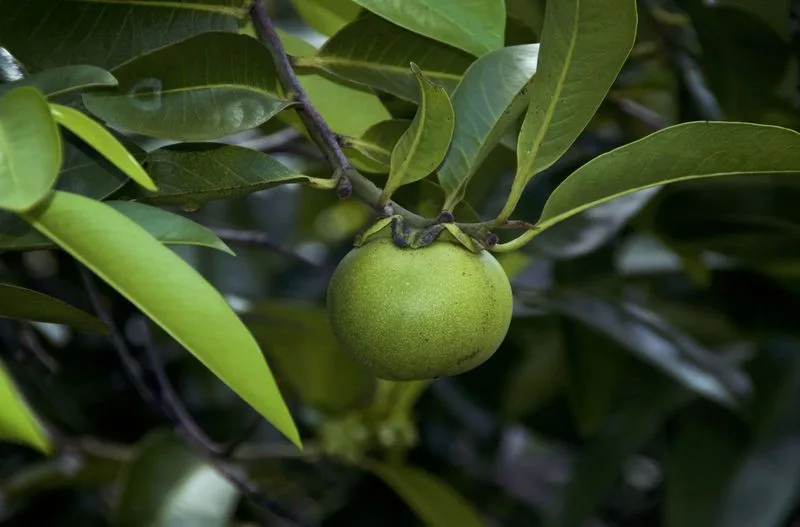
Nicknamed the “tree of death,” the Manchineel tree is notorious for its toxic sap and fruit. Touching its bark or leaves can result in blistering, while ingesting its fruit can be fatal. Found predominantly in coastal areas, it’s vital to maintain a safe distance. Warning signs are often posted near this tree to deter curious visitors. The Manchineel tree stands as a stark warning of the hidden dangers that can lurk in paradise.
Rosary Pea
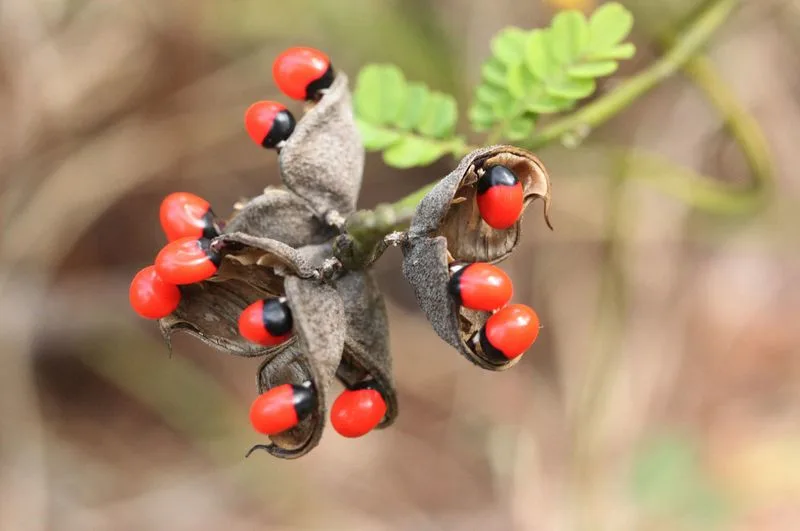
Rosary Pea’s vibrant red seeds are a visual delight but contain the deadly toxin abrin. Skin contact with the seeds themselves isn’t always harmful, but ingestion can be fatal. Commonly used in jewelry, they present a hidden threat to the unaware. Educating family and friends about the risks and avoiding handling them without gloves are prudent precautions. Rosary Pea’s bewitching appearance hides a perilous secret that requires respect and caution.

